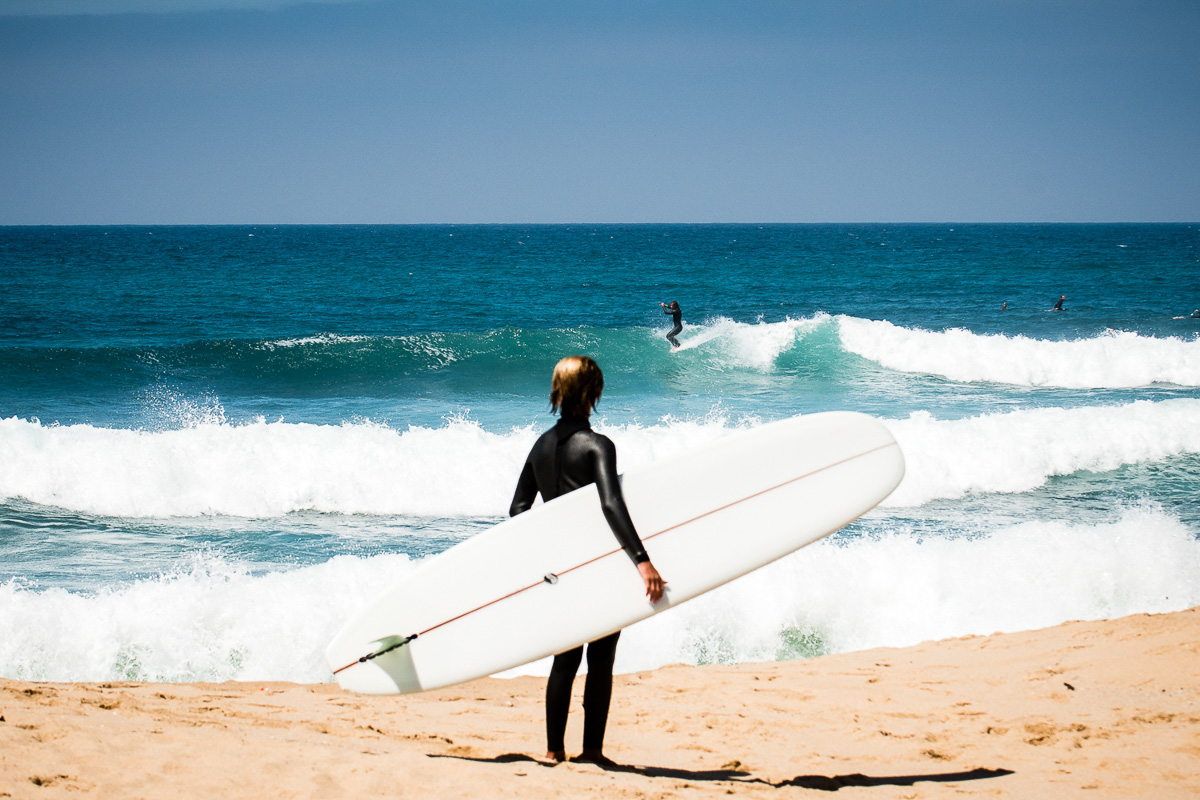When you’re learning how to surf, the right conditions can make a difference. They can help make it easier for you to grasp the basics and dramatically speed up your progress.
But what exactly should you look for? Simple, here are the five of the most important factors that you need to take into account:
- Wave height
Massive waves may look exciting, but bigger isn’t better for beginners. Instead, you will want to try to aim for waves that are about two feet to three feet as they aren’t as possible and will make manoeuvring far easier.
Waves that are taller than four feet beginners will find it difficult to control their surfboards and it could even be dangerous.
- Wind direction
Try to surf when the wind is blowing from the land towards the sea. This is known as the offshore direction, and it means that the wind will groom the face of the wave and make it cleaner, less bumpy, and break more evenly.
- Incoming vs. outgoing tide
In most cases the incoming tide is safer for beginners as it has fewer currents going out to sea. However the ‘best’ tide for beginners will often also depend on conditions on the ground because the outgoing tide is likely to have less power and breaks may sometimes occur only during specific tidal windows.
As a rule your best bet is to ask locals about the surfing conditions. If you enrol with the Newquay surf school they’ll be able to let you know what the best tidal window is for beginners to surf and which breaks to focus on.
- Crowds
The more crowded the waters are, the more difficult it will be for you to catch a wave. Additionally, when you start out, the last thing you want is to constantly worry about bumping into others.
If possible, try to surf during less popular hours. Or choose a surf spot that is beginner-friendly but tends to only have small waves so it doesn’t attract many more experienced surfers.
- Weather
Assuming you wear a wetsuit you don’t need to worry too much about weather conditions as long as it isn’t raining heavily, or too windy. However, if you don’t own a wetsuit and are trying to learn to wear swimming trunks, a bikini, broad-shorts or anything else – surfing on a warm and sunny day when the water is temperate is definitely best.
Each of these five factors can affect your experience when surfing in a particular way. By making sure you choose a time and spot that has ideal surf conditions, you’ll find that the process of learning to surf is safer, easier, a lot more enjoyable, and a lot less stressful.
Just remember that it may not be possible to find ‘perfect’ surf conditions for beginners. Don’t let that hold you back and spend too much time waiting for things to be perfect – instead, just go with the best possible conditions available.




:max_bytes(150000):strip_icc()/GettyImages-702542841-5a59476eaad52b003762d42c.jpg)
Be First to Comment